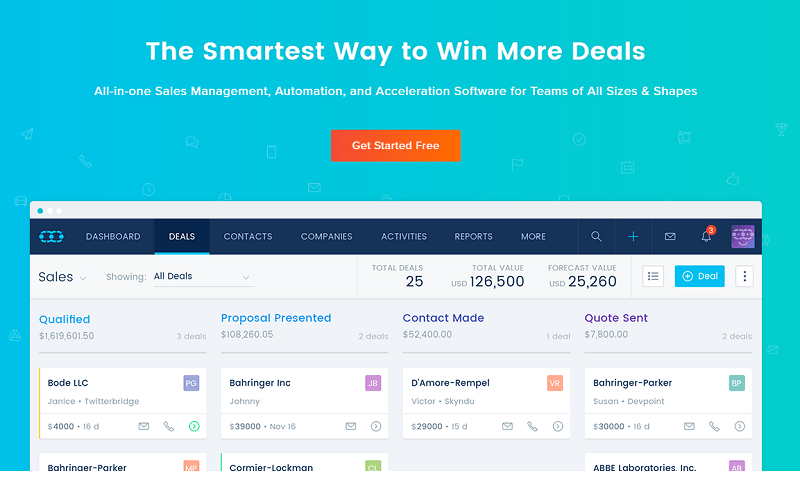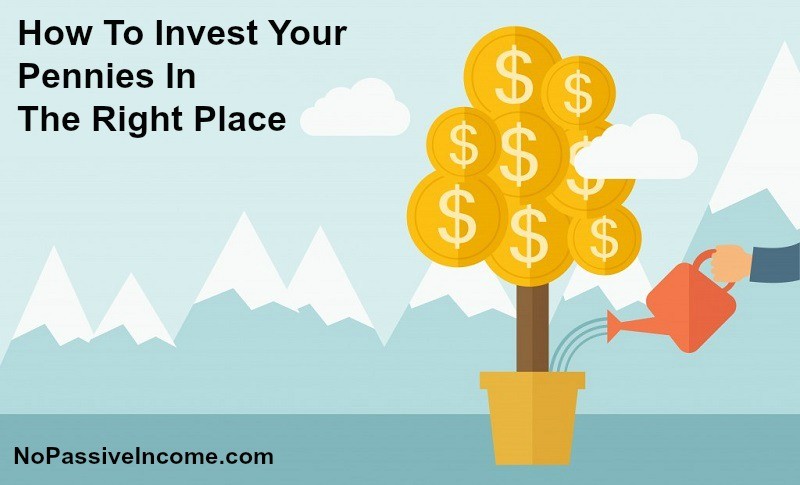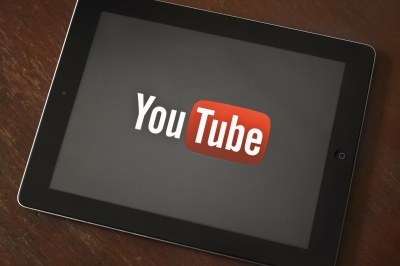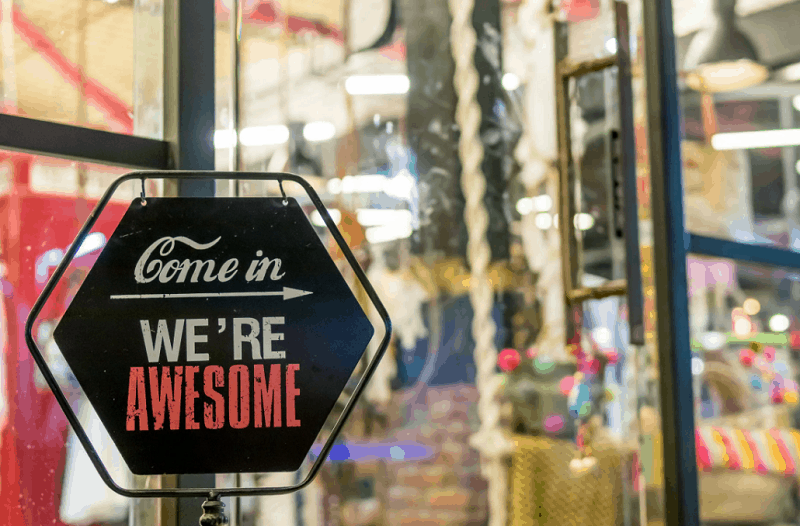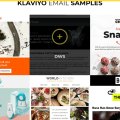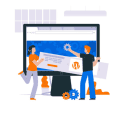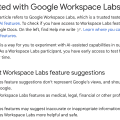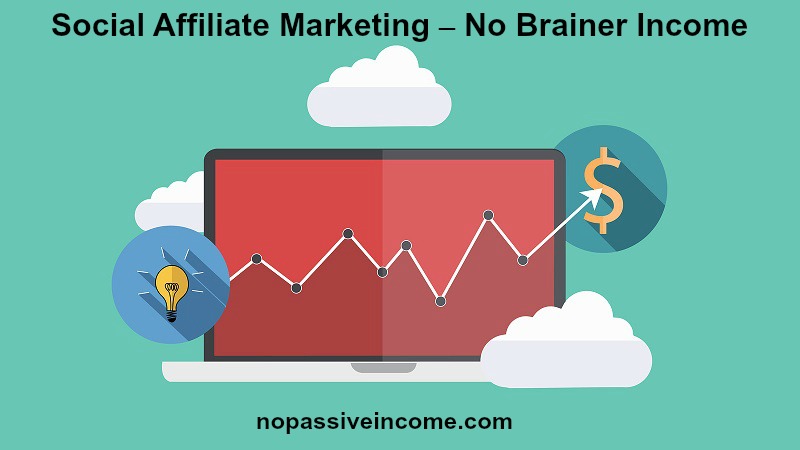Now more than ever, first impressions matter, particularly when onboarding new users, customers or employees into your business, within today’s competitive marketplace.
A robust, well thought out, and carefully designed onboarding funnel can make a big difference on how quickly and seamlessly people start to use your product or service. Not only is an efficient onboarding process good for user experience, it also leads to better retention and customer satisfaction.
If you’re looking to build an onboarding funnel from scratch or improve an existing one, check out this guide:
Table of Contents
Understanding the Purpose of an Onboarding Funnel

An onboarding funnel is the process that’s designed to guide new users through a series of steps to better understand and use your product or service. From a new employee of your company to a customer using your app to a subscriber to your service, your objective is to make them feel comfortable and confident.
Typically, the funnel begins with a ‘welcome’ or ‘introduction’ stage, and then through key stages that educate users, encourage engagement, and ultimately enable success. In the end, the funnel should help fewer confused people learn quicker, recognize value sooner, and retain and stay happy.
Step 1: Define Your Goals and Metrics
Before we step into the meat of your onboarding process, you need to establish what you are trying to accomplish with your onboarding funnel. What do you want your new users or customers to accomplish during the process?
Among some of the common goals are educating the user on key features of the product and familiarizing them with the product itself, encouraging an initial engagement or action such as filling out a profile, and setting people up for long term success.
Once you’ve set these goals, then you have to define the metrics that you can use, should your funnel succeed. This could include onboard completion rates, time to first value, user retention rates, and churn rates. Read more here https://thefinancialbrand.com/news/bank-onboarding/account-opening-onboarding-tips-85354/.
Step 2: Map Out the Customer Journey
To do this, you have to understand the customer journey—the journey that a user takes from his initial interaction with your brand to becoming completely engaged. That’s all part of mapping out the journey — thinking about where they may have started, where they need to be to experience the value of your product, and what challenges they may encounter.
Additionally, you’ll figure out how to assist users through each step. Thus, the process of mapping is creating a user centric and need and expectancies based on demand onboarding experience.
Step 3: Segment Your Audience
Not all users are created equal, and forcing a one-size fits all onboarding doesn’t work for everyone. Think about segmenting your audience out by their experience level or goal or product type for example.
You might have different funnels for different departments when onboarding new employees, for instance onboarding marketing may be different from sales or IT. Likewise, a software product can have a different process for the onboarding of beginners and advanced users. The more personalized you can make the member onboarding experience the better. This helps increase the chances of your success.
Step 4: Design the Onboarding Funnel Stages
Now that you know who your audience is and where they are along their journey, you can build out the stages of your onboarding funnel. The welcome stage is the one that introduces the brand and the tone of the onboarding.
A welcome email or an in app message notifying a user what they should expect. The next step will be educating users about the must have features of your product or service so they can understand how things function quickly. And at this point, product tours, tutorial videos, even step by step guides can be especially helpful.
The next important step is to encourage the first interaction. This could mean asking users to do something important, like making a buy, setting up an account, or creating a profile. Your goal is to get people to connect with your product or service in a way that makes them feel good about it faster.
Support that lasts is the last step. Users should still be given help even after they’ve started using the product to make sure they stay interested and keep discovering the more advanced features. At this point, you can get the help you need from follow-up letters, in-app prompts, or customer service.
Step 5: Automate Where Possible
By eliminating the need for human intervention, automation may streamline your onboarding process and make sure users receive timely information. You can give every user the same experience by automating key touchpoints like welcome emails, progress notes for onboarding steps that aren’t finished, or in-app messages that appear when certain actions are taken.
Automation not only makes the experience better for users, but it also gives your team more time to work on important tasks instead of managing new users every day.
Step 6: Gather Feedback and Iterate
Even the best Clickfunnels onboarding funnel requires regular refinement, so it’s crucial to gather feedback from users and continuously improve the process. After users complete the onboarding process, ask for their feedback on whether it was clear, helpful, or if there were any confusing or unnecessary steps. This user input is invaluable in making adjustments to streamline the process and improve clarity.
Alongside user feedback, analyzing data from your onboarding metrics can reveal points where users drop off, allowing you to make more informed adjustments to improve the onboarding experience.
Step 7: Measure and Optimize
After implementing your onboarding funnel, regularly monitor its performance based on the metrics you defined earlier. Look for trends in user behavior, such as points where users may abandon the onboarding process or get stuck.
Use this data to optimize the funnel by adjusting the sequence of steps, simplifying instructions, or providing additional support where needed. The goal is to create a smooth, enjoyable onboarding experience that helps users achieve success with your product or service as efficiently as possible.







